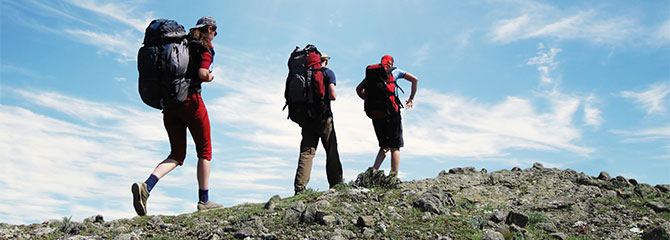Community Activities/Sports

Whether it’s sports or scouts, community or religious organizations, encouraging your child’s participation is an important part of development. Being involved and committed to such activities helps with identity exploration while also creating an opportunity for acceptance from peers who have common interests. Joining and participating in extracurricular activities helps kids explore their physical, creative, and social potential. It helps them build independence, develop skills, explore career interests, as well as raise self-esteem. Volunteer work allows children to experience how their time, talent, and effort benefit those in need.
Community Service
Community service is a great way for children to contribute and give back. It shows that they are moving beyond thinking just about themselves. This is important for their growth as a person. By gaining an awareness of others, they learn local concerns and can begin to put them into the context of global issues. This will serve them now and in the future as they transition out of school and into the adult world.
Volunteering at a soup kitchen, collecting presents at the holidays, and visiting the elderly are all ways that people can donate time toward the community. There are several ways your child can give back to the bleeding disorder community. Contact your local chapter for information. Your family can travel to Washington, DC for National Hemophilia Foundation’s Washington Days and talk to legislators or start a team for local walk.
Sports
Sports play a large part in the life of school-age children. Physical activity is important not only for their health, but also helps children develop socially and emotionally.
As a parent of a school-age child with a bleeding disorder, you should talk to coaches and PE teachers about the medical implications of your child’s bleeding disorder. This becomes especially important for middle and high school athletes because parents may not be attending every practice or game. The increased use of prophylactic therapy means that children with bleeding disorders are able to participate in sports more than ever before. As children grow older, sports may become more competitive, and certain precautions must be taken.
Participation levels in physical education classes and organized sports should be decided on an individual basis. Your child’s doctor and Hemophilia Treatment Center (HTC) team can discuss with you the pros and cons of various sports.
At this age physical activities are often central to daily life. Children may be disappointed that they cannot participate in football, wrestling, and other contact sports. They may also be encouraged by friends to join in a game of soccer or football, and it's possible they will go along without considering the bleeding risks.
You can help your child learn how to set appropriate limits on physical activity with friend and understand safety measures. Encourage your child to talk through potential consequences of a sport or exercise before acting. For example, children with bleeding disorders should understand the impact that a serious head bleed from playing football can have, or how delaying treatment of a sprained ankle from a game of soccer can have long-term consequences.
Extracurricular Activities
For those who are sidelined from physical activity or aren’t interested in it, middle and high schools offer many extracurricular activities that allow children to explore their artistic or intellectual side. If they like the thrill and push of competition, they can join the chess club or debate team. If they like the camaraderie of group activities, they may enjoy the glee club or science club. Getting involved in extracurricular activities allows kids to explore their diverse interests.
